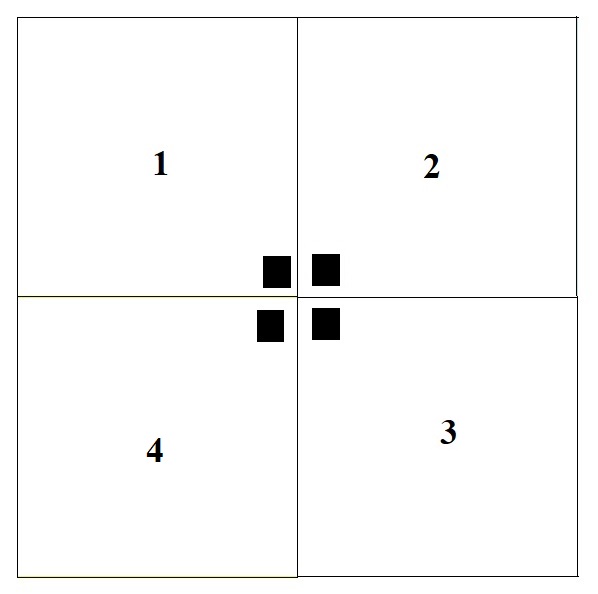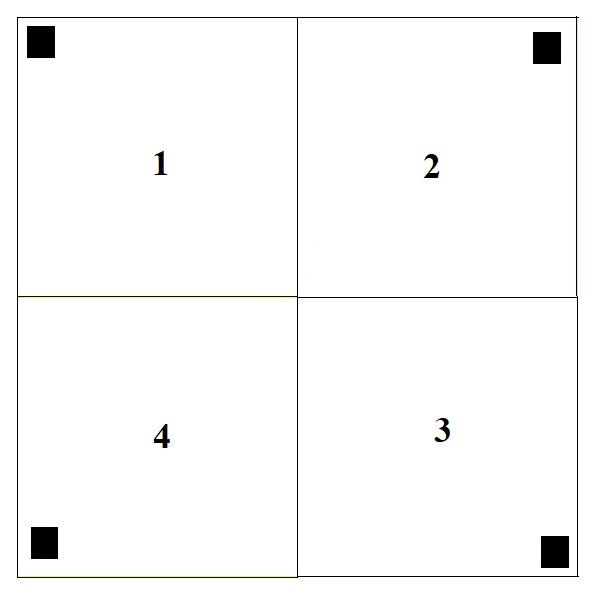| TheWoodcrafter.net |
 Copyright © 2004. |
| My Basic Projects |
| The Retro Section |
| Jr. Woodcrafter |
| My Work (Pics) |
| Detailed Plans |
| About |
| Lathe Work |
| Safety |
| Hints |
| Pic Gallery |
| Links |
| Search |
| Home |
| Birdhouses |
| Guest Book |
| Contact Us |
|
|
||||||||
|
Using a Wood Lathe
|
Lathe Projects Double Turning |
|
Here is a seldom addressed lathe turning skill. It is called double-turning or inside-out turning. This is where the final item has sections cut-away to see the hollowed out turning on the inside. It's almost like magic. The basic procedure simply involves two main steps. A. Slicing your stock into four even quarters, joining them back with what was the center now pointing out as the outer corners and then turning the inside shapes. B. Separating the four pieces, after turning, and then solidly, and neatly, gluing them back in the original order with the first turning hidden inside until you turn the outer shape to reveal 'windows' to the inside. 1. First, draw center lines on the end - dividing it into 4 exactly equal parts. 2. Label them 1- 4 going clockwise. 3. Mark a LARGE circle in the center. Make sure it goes into all four sections.
4. Cut the spindle into 4 PERFECTLY even pieces. 5. Turn each piece 180 degrees - so the center marsk end up on the outer corners. |
6. Secure these all together securely. You can actuall glue and clamp the very end (about the last 1/2 inch) but you will be cutting that off later so remeber to consider this. I use adjtable metal hose/pipe clamps - positioned with the adjustmens on opposite sides to maintain better balance. 7. Turn the inside. Try to picture how this will interact with the outer shapes. Draw it out on paper if you need to. 8. When done turning the inside, separate the four pieces and firmly glue them back into the original configuration.
9. Turn the outside now. Youe should end up cutting open sections into where you made the deepest cuts to the inside. Take care to not cut soo deep that you cut the work in half.
This is a skill that takes practice to master as you need to develop an eye for how the cuts work together between the inner and out turnings. Improper cuts mean you will not see the inside or you might just split the whole project in half. One example is my double-turned magic wand that I sold during the famous wizard story era.
|
That's All For Now.

